It is difficult, if not impossible, to imagine Debs Wade’s innocuous-looking 1979 Toyota Starlet GL as part of an automotive revolution. But this is an example of one of the many vehicles that tempted motorists away from British Leyland, Ford and Vauxhall to their first foreign-produced car.
Toyota introduced the Series 60 Starlet in February 1978, with UK sales beginning on July 12. It had much to offer the buyer searching for cheap transport, including very inoffensive lines. Autocar said it had “the advantage of looking European, with big glass areas and restrained, almost plain, styling”. In other words, the Starlet did not look as flamboyantly pan-Pacific as a Toyota Crown. The Series 60’s appearance would not deter anyone considering trading in their Mini Clubman.

Then there was the list of the standard equipment, from the clock and the MW/LW radio to the cigar lighter and the split rear seat. Houndstooth check upholstery added a touch of excitement to the interior, even if it did resemble a discount Mr Byrite sports jacket. The three-door version even had a foot pedal to move the front passenger seat to permit access the back seat. At £2,721 or £2,808 for the five-door model, the Starlet seemed quite a bargain compared with £2,759 for the Vauxhall Chevette GL.
The Series 60 replaced the 1000 Publica in Toyota’s rather complicated line-up. Power was from a 993cc overhead valve engine combined with a four-speed manual gearbox for the UK market. The Starlet was also the first Toyota with rack and pinion steering. Unlike the Ford Fiesta Mk1 and the Renault 5, it was rear-wheel-drive, which was not a sales disadvantage in the late 1970s. The Chevette and the Chrysler Sunbeam also drove the rear wheels.
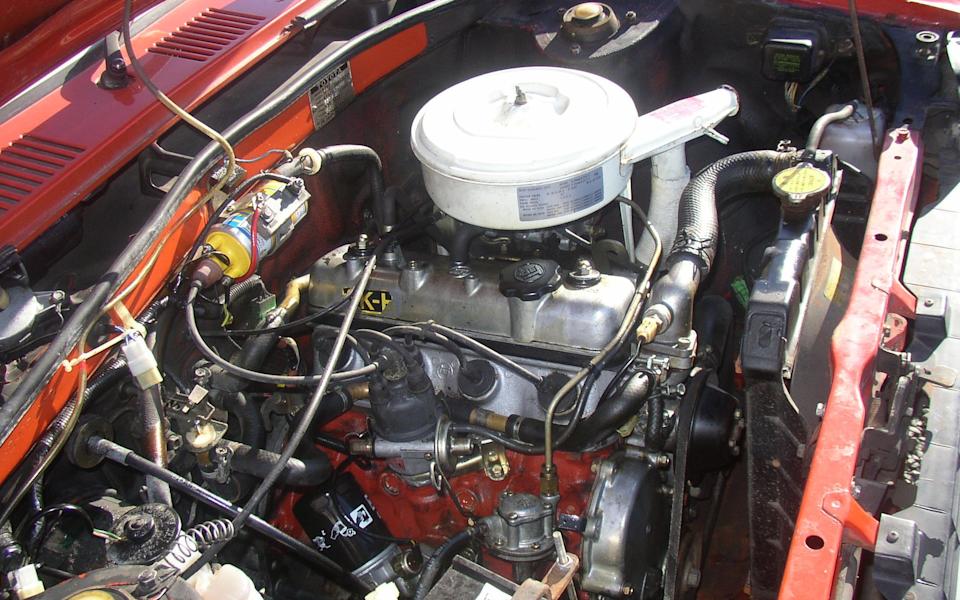
Most notably, the Starlet was the first hatchback from what was then the world’s third-largest car maker. Toyota was regarded at the time as one of the more conservative Japanese manufacturers, so many drivers saw the Series 60’s tailgate as almost radical. This newspaper’s initial impression was of “a typical Japanese computer-designed product – efficient, mechanically refined but a bit characterless”. By 1978, British drivers often had endured too many “characterful” locally built cars, which had put them on first-name terms with AA and RAC rescue patrols. To such motorists, the Starlet was a very welcome change.
Toyota GB expected to sell 2,500 to 3,000 Starlets in 1978, rising to 5,000 in 1979. It would have probably sold more in this country were it not for the “gentleman’s agreement” with the Japanese motor industry to restrict imports. Toyota outsold Datsun in Japan, but in the UK it imported 24,157 cars in 1977, compared with 82,133 from its rival. The Series 60 would hopefully redress this balance and Autocar thought: “Toyota has shown that they can match anything conventionally the rest of the world can produce.”
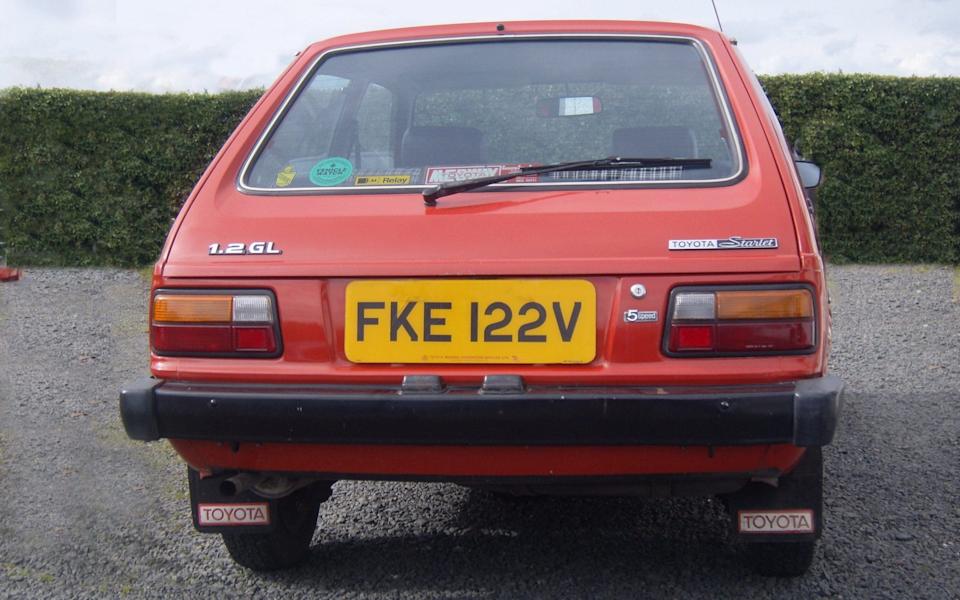
Toyota facelifted the Series 60 in 1980 and 1983 before the front-wheel-drive Series 70 replaced it in 1984. The Starlet eventually reached five incarnations; the Series 60 was Toyota’s last rear-wheel-drive small car. As with almost any mass-produced vehicle, the numbers of the Series 60 inevitably diminished. Today, Deb’s husband Harvey, the treasurer of the Toyota Enthusiasts’ Club, says “there are three in the club known to me”.
The Wade collection now encompasses more than 20 Toyotas and Harvey says: “Not all of them are classics, some are purely for spares.” He has “a real soft spot for the Starlet. I learned to drive in one and passed my test in one, as did my wife. My daughter was even taken home from hospital in Debs’s one”.
Today, this unsung Starlet not only causes a minor stir at car shows but is also a reminder of the seismic changes in the UK car market. In 1978, the motoring journalist Tony Howard wrote: “Britain today is reaping the harvest of its past failures to make the right decisions and investments, which means it is not producing enough of the sort of car that the public wants.”
Enter the Starlet – the Toyota that was “Beautifully Versatile”.
Thanks to Debs and Harvey Wade and The Toyota Enthusiasts Club
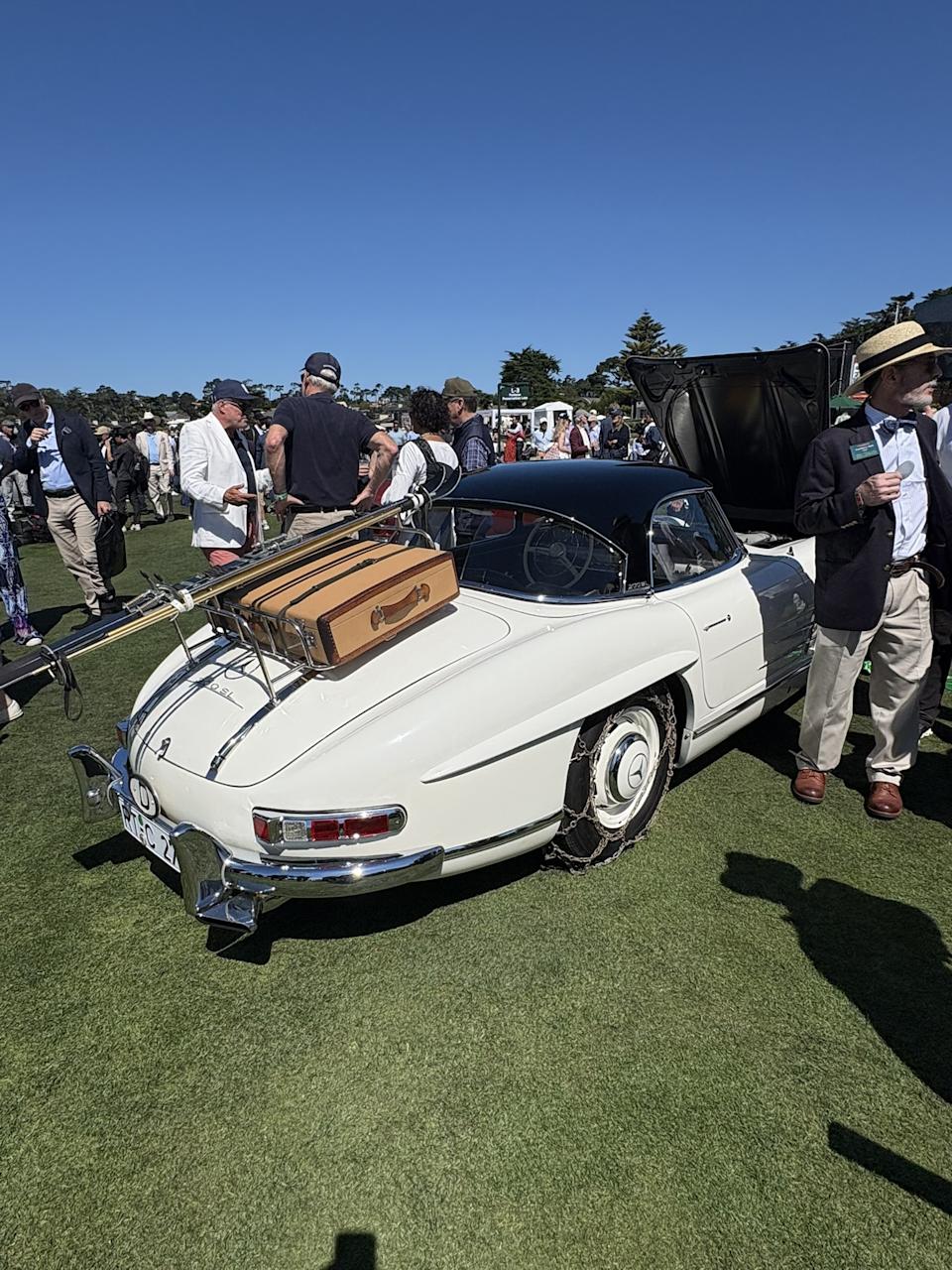
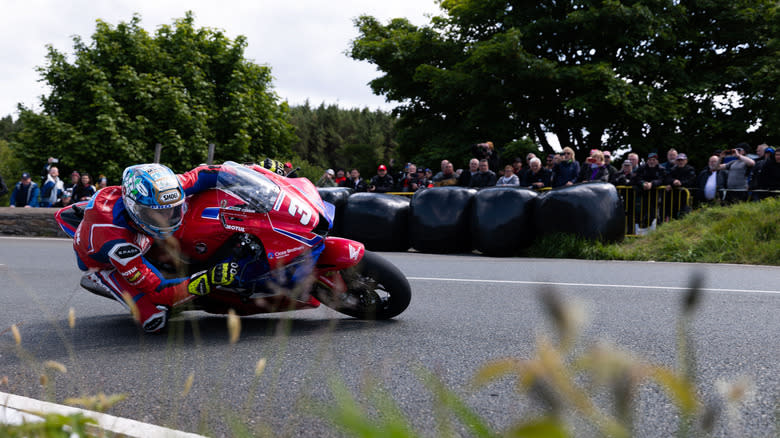
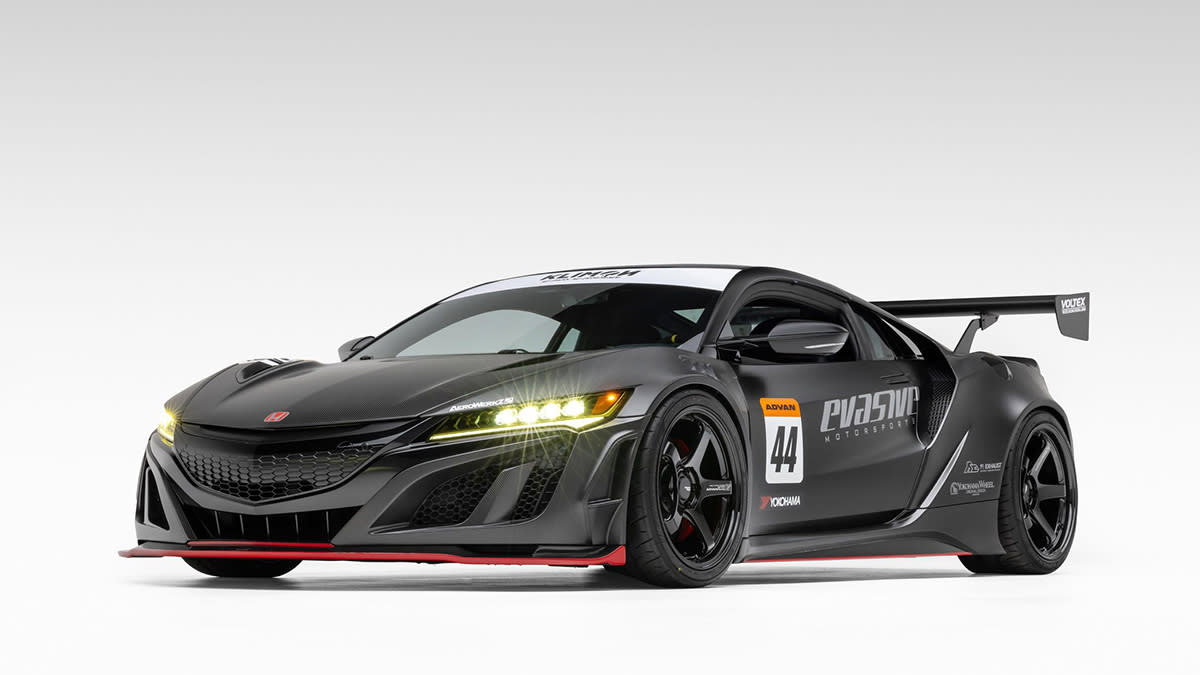


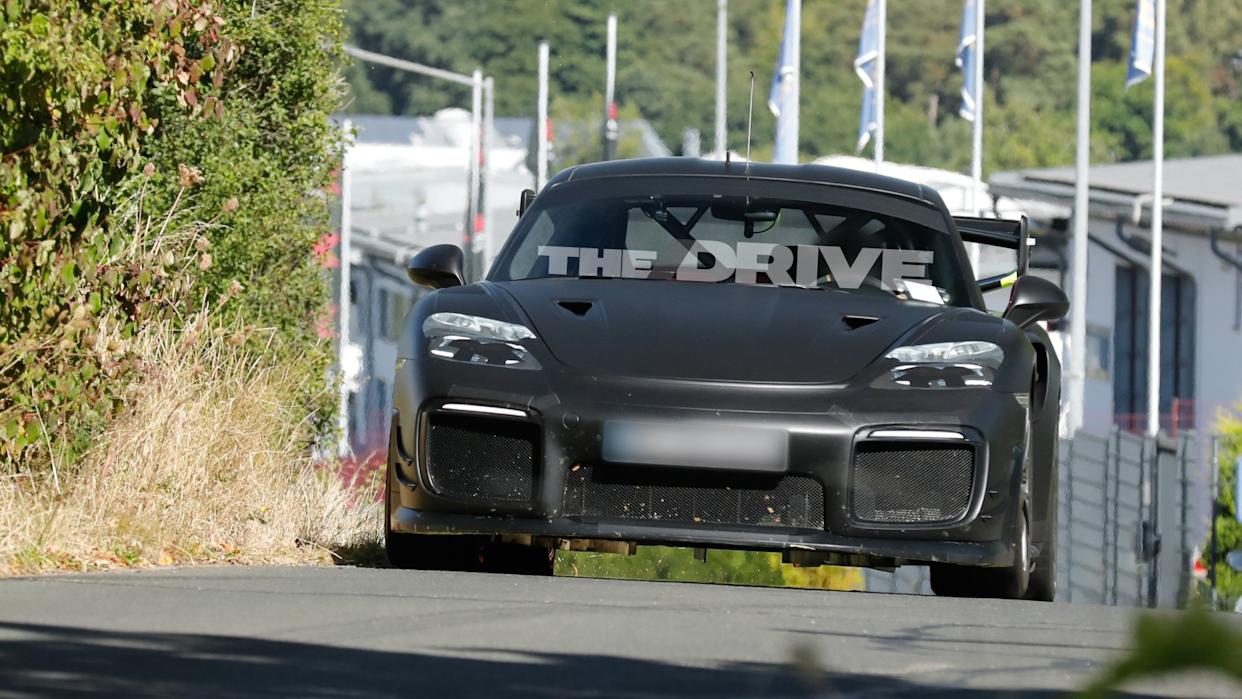
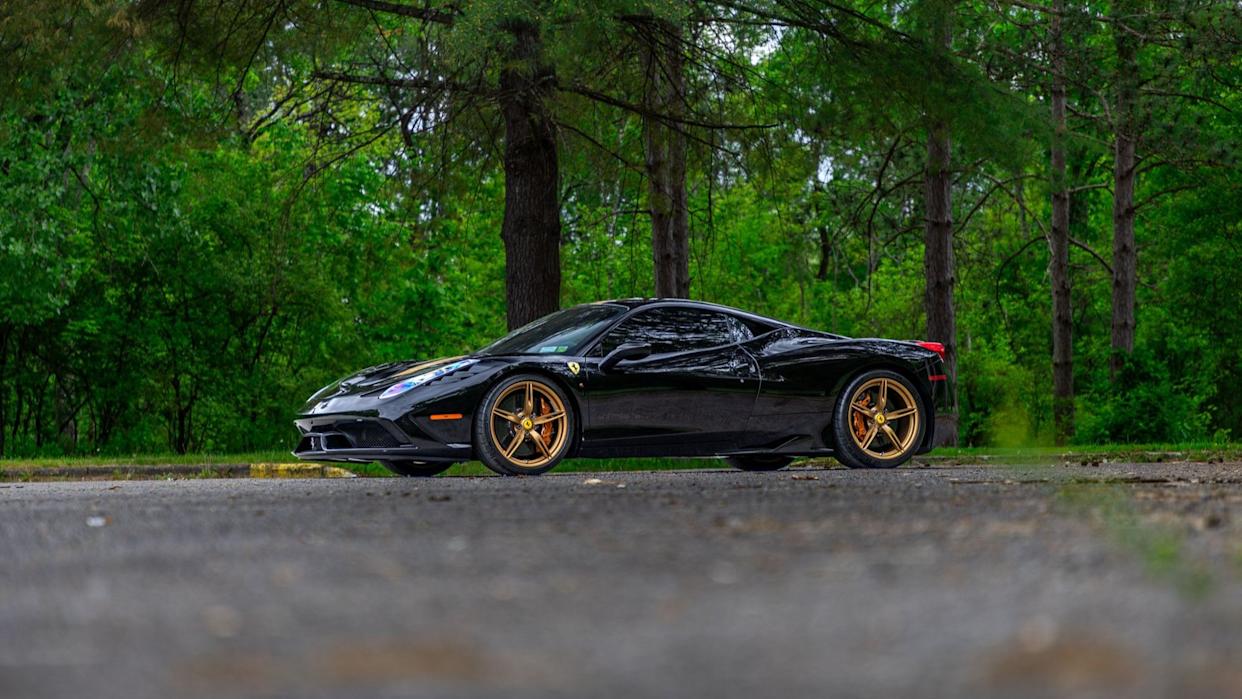

Comments